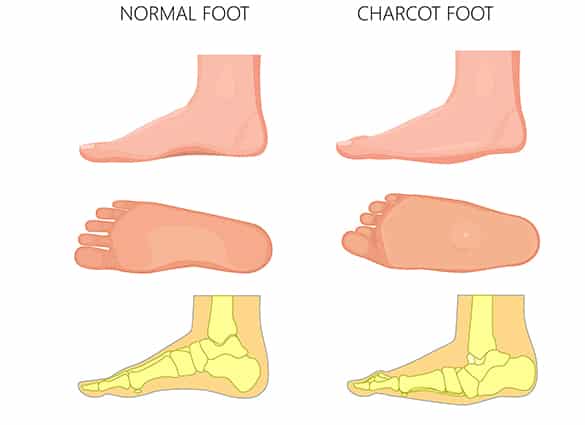
A serious diabetic complication
Charcot Foot Syndrome, also known as Neuropathic Arthropathy or Neuropathic Osteoarthropathy, is a very serious diabetic complication resulting from Diabetic Peripheral Neuropathy.
Diabetic Peripheral Neuropathy causes a loss of sensation in your feet, meaning you can walk on them whenthey are injured or even fractured without feeling any pain. Often you may not even be able to recall injuring to your foot.
Continually walking on an injured foot causes the bones and joints to weaken and become fragile, until they can break or dislocate even without serious injury. Eventually the joints of the foot collapse, severely deforming the foot. This deformity will make it difficult to find shoes that fit, and can result in impaired mobility, permanent disability and premature retirement.
One percent of people with Diabetic Peripheral Neuropathy are currently estimated to have Charcot Foot Syndrome. Usually only one foot is affected, but both feet are affected in approximately 30 percent of cases.
People with Charcot Foot Syndrome are 36 times more at risk of foot ulcers and amputation.
Symptoms of Charcot Foot Syndrome
What are the symptoms of Charcot Foot Syndrome?
Typical symptoms of Charcot Foot Syndrome include:
- the affected foot feels warm to the touch
- the affected foot exhibits redness
- the affected foot exhibits swelling
- the pulses in the affected foot are ‘bounding’
- these symptoms may or may not be accompanied by pain or tenderness in the affected foot
Because the above symptoms are also typical of infection, Charcot Foot Syndrome is often misdiagnosed as cellulitis, gout or bone or joint infection.
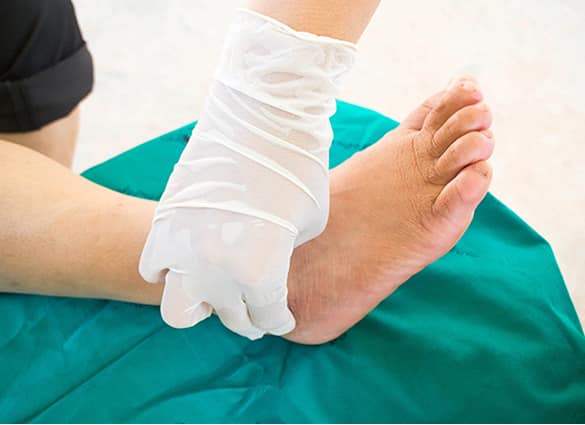
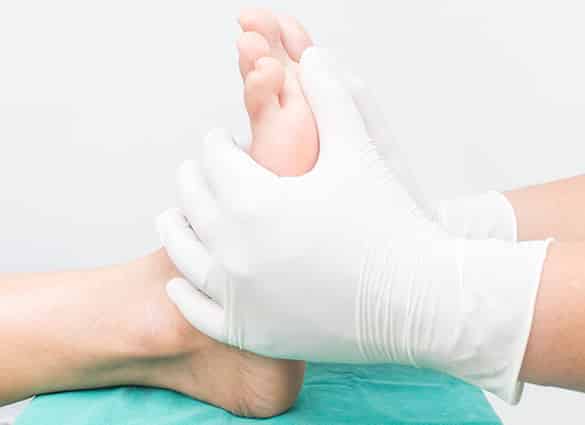
Diagnosing Charcot Foot Syndrome
How is Charcot Foot Syndrome diagnosed?
Accurate diagnosis of Charcot Foot Syndrome may require several diagnostic procedures, including foot x-rays, MRI scans and blood tests.Once treatment commences, x-rays are taken periodically to help evaluate the status of the condition.
Early diagnosis is extremely important to the successful treatment of Charcot Foot Syndrome. If diagnosed early and treatment commenced promptly, the probability of debilitating foot deformity is significantly decreased.
How is Charcot Foot Syndrome treated?
Treatment of Charcot Foot Syndrome is undertaken in several stages:
- Immobilisation: During the early stages of Charcot Foot Syndrome your foot and ankle are extremely fragile, so immediate immobilisation and complete non-weight bearing is necessary to keep your foot from further collapsing.You may be fitted with a cast, removable boot or brace, and may be required to use crutches or a wheelchair so your weakened bones can repair themselves. An affected foot often takes several months to heal, although it can take considerably longer in some patients.
- Customised Footwear, Orthotics & Bracing: Once your bones have healed, your swelling has resolved and your skin temperature returns to normal, you will be fitted with medical grade footwear and custom made orthotics. These devices are necessary to allow you to slowly return to your regular activities, and to help prevent recurrence of Charcot Foot Syndrome, the development of ulcers and possible amputation. If your Charcot Foot Syndrome has resulted in a significant deformity, your foot may also require bracing.
- Activity Modification: modifying your activity levels may be required to avoid repetitive trauma. If you have had Charcot Foot Syndrome, you are much more likely to develop it in your other foot, so it is vital you protect both your feet.
Surgery: In cases where Charcot Foot Syndrome has led to severe foot deformity, corrective surgery may be required.
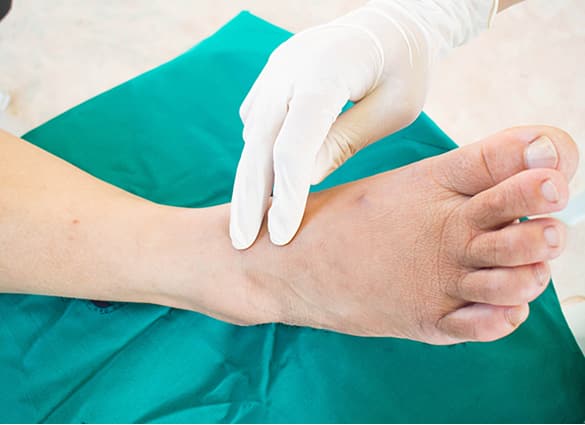
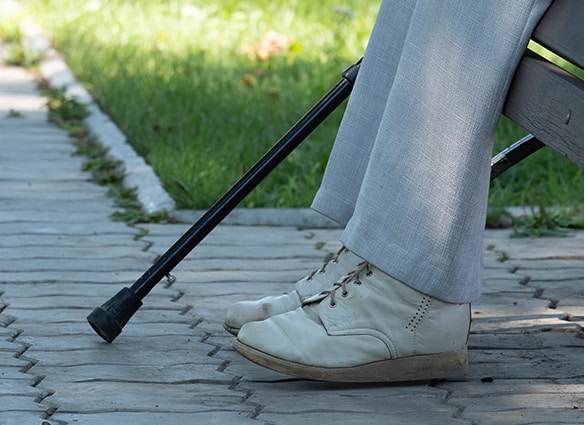
What should I do if I have Charcot Foot Syndrome?
Prevention is by far the best medicine for Charcot Foot Syndrome, so if you have Diabetic Peripheral Neuropathy you should adopt a ‘foot protection program’ that includes the following:
- keep your blood sugar levels within normal range to protect the nerves throughout your body
- wear well-fitting shoes and socks to protect your feet, and never walk barefoot
- see your podiatrist if you have callus or corns under your feet, even if you are in no discomfort
- inspect your feet daily for injuries, and if you notice any cuts, wounds, blisters, malodour, redness, swelling or any change in the shape of your feet, see your Podiatrist as soon as possible to prevent any problems from worsening. If you cannot see the soles of your feet, use a mirror or ask someone to check them for or see your podiatrist regularly for a complete foot check-up
If you have already developed Charcot Foot Syndrome, it is also extremely important to follow your treatment plan. Treatment of Charcot Foot Syndrome can be prolonged, challenging and frustrating, but it is the only way to avoid ulceration, deformity, disability and possible amputation.
Our podiatrists in Brisbane Northside have years of experience in high risk foot care, amputation prevention and diabetes education. Please contact us to arrange an assessment.

